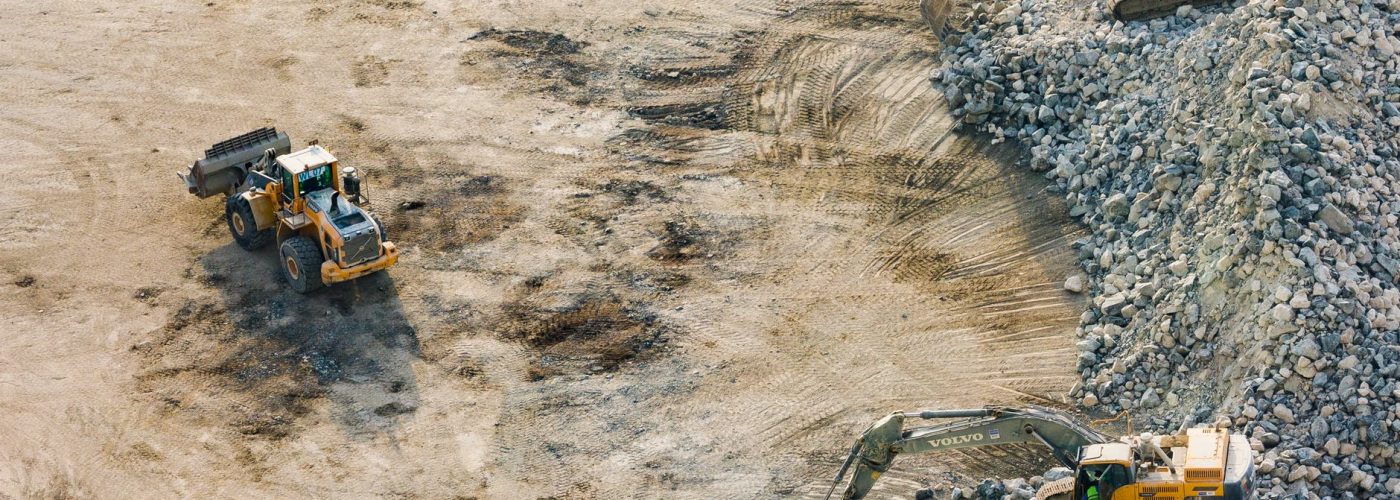Research suggests that 56 percent of the cancers in men related to professions occur within the construction industry. And those working at the construction sites are usually more exposed to life risks and health hazards.
Air pollution at construction sites is one of the main reasons behind such health problems. Poor air quality is a common scenario in these sites. The workers at these sites are at great risk of breathing in pollutants, especially the PM10. This pollutant alone can cause respiratory diseases, lung cancer, and asthma. The danger from these pollutants is even more threatening in the suburbs.
Take Spokane Valley, the largest suburb in Spokane, Washington, for example. The air quality in Spokane Valley is getting more unhealthy by the day. The suburb’s AQI – Air Quality Index – shows that the air quality in the area is at a moderate level. And it could soon reach a state where it will become unhealthy for sensitive groups.
The air quality data gathered in real-time suggests an increased presence of nitrogen dioxide and carbon monoxide in the air. These gases heavily form at construction sites due to the use of diesel generators and burning fuel. And the fact that Spokane Valley has around 13 major construction projects ongoing in 2021 makes the situation ever clearer – the air is being polluted because of these construction works.
Hence, an effort has to be made to reduce air pollution at suburban construction sites, and here are three ways that can be done.
Switch to an Alternative Fuel
Construction equipment consumes a lot of diesel. These diesel exhausts, when later released into the atmosphere, act as a big source of PM 2.5 and contain poisonous gases like nitrogen oxides and carbon monoxides. To eliminate these gases, it is important to switch to an alternative fuel.
Electric construction equipment is yet to make a big impact. These equipment manufacturers are just getting started on making their machines more efficient, and ready to take on the load at construction sites. In the meantime, it is in our best interest to switch to a more environment-friendly alternative to diesel.
Biodiesel is a great alternative to petroleum diesel. Research suggests that using biodiesel will bring down emissions by 74 percent, despite a 10 percent increase in nitrogen oxide emissions. This biofuel will also give your engines slightly more power than traditional diesel fuels.
Most construction equipment can adjust to the biodiesel intake without any sort of modifications. However, the higher-end biodiesel (B99/B100) costs a bit more than normal diesel (around 17 percent more) per gallon. Hence, this is a tradeoff that many project managers have to take into account while ensuring a more environment-friendly construction site.
Ensure Proper Waste Management
Waste management or minimization starts with project planning. You can divide this into three stages. Firstly, identify the areas where waste is more likely to occur. Secondly, work out the materials that you can reuse or recycle. Finally, prepare a safe waste disposal plan that will let you dispose of the waste in a safe environment, without damaging the suburb’s ecosystem.
Also, in the case of demolition jobs, it is better to deconstruct instead of just bulldozing the entire building or structure. That way, not only do you get to recycle some of the materials, and prevent excess waste, but you can also prevent excessive dust in that area.
Protect the Ecological Resources
A lot of times, it is seen that construction projects are being undertaken without any concern for the environment, ecosystem, and disrupting biodiversity. In suburbs, these projects are likely to destroy a lot of wild animal habitats, and doing so leads to an ecological imbalance.
The protection of these ecological resources has to be ensured during the planning stage of the project. Construction projects have to be planned in a way such that bio habitats are not disturbed. In the case of water bodies, especially rivers, the construction work cannot block or divert the flow of water. This will not only hamper the ecological balance but will also invite natural disasters, like erosions or flooding, in the near future.
Once you ensure all these things before, during, and after the construction project, you can reduce waste and environmental damage to a great extent, not only in suburbs but in much larger cities too. The scale of operation will grow bigger with the construction size, and so will the costs. However, this trade-off is necessary if you are doing it to save the environment.





